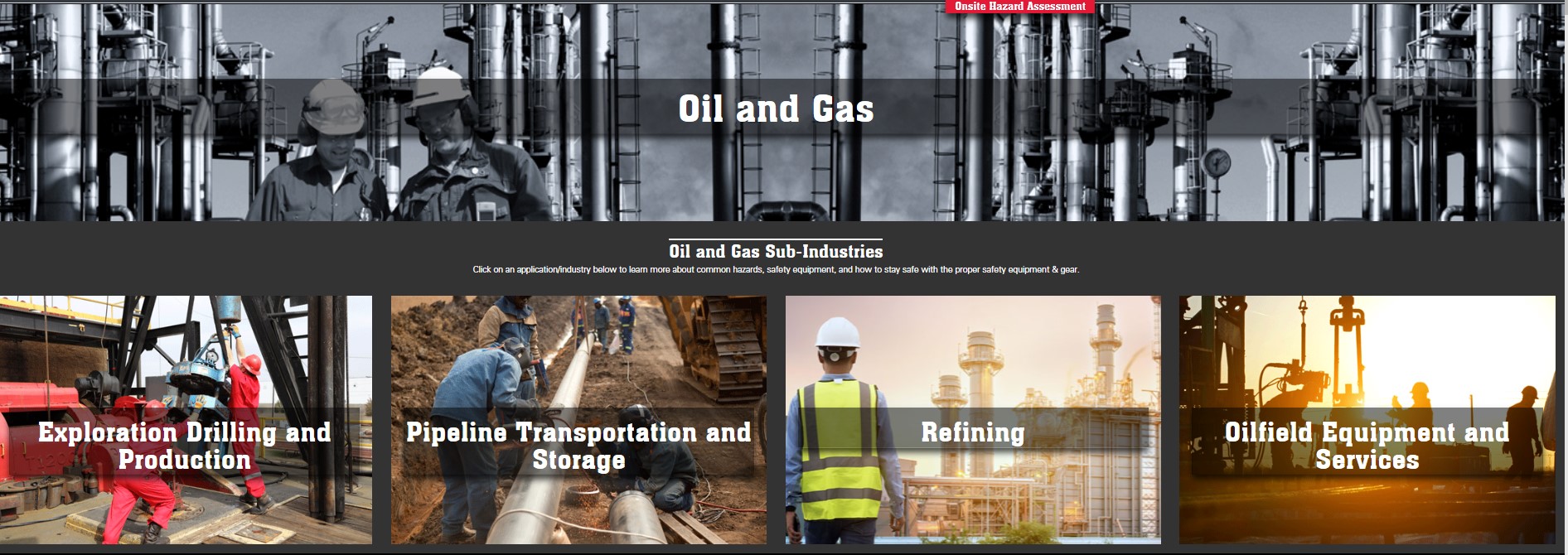An Overview of Welding in Oil and Gas, from the Pipelines to Steel Platforms, and the PPE welders require
Posted by Anthony Webb on Dec 4th 2024
Did you know that 10% of all U.S. eye injuries happen in welding? It’s a dangerous job, especially in the oil and gas industry. The main areas of the body at risk are eyes, hands, arms, and chest - but virtually any part of the body can suffer harm during welding.
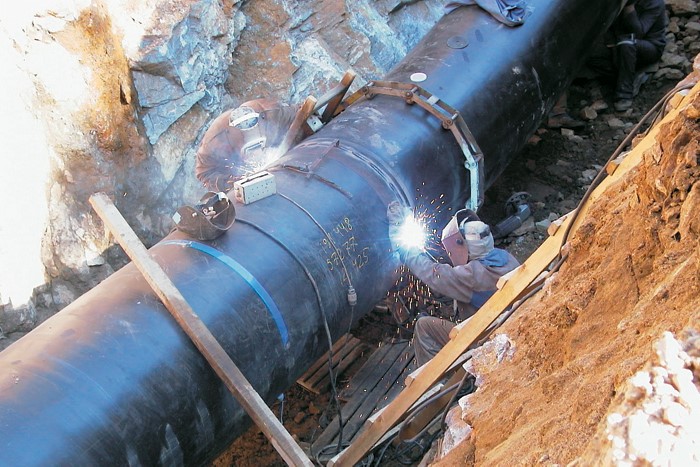
Midstream Oil and Gas Welders While building new pipelines, working on rigs, or operating in the oil fields, welders are constantly exposed to a wide variety of hazards: metal splatters, molten liquids, UV and radiant heat, sparks, sharp surfaces, noise, harsh weather, and moving or falling objects.
Oil and gas industry welders need reliable protection through the use of personal protective equipment (PPE). It’s not uncommon for pipeline and rig arc welders to work 10 to 12 hour days. This means their PPE must not only be extremely safe, but also be very comfortable and flexible for long periods of work. Since we know welders want comfortable safety gear, we’ve answered their wishes with some brand new welding gear we would like to highlight below. Here’s a look at the hazards oil and gas welders face, along with the PPE and apparel that keeps them safe.
Extreme Weather
Harsh weather is a factor for any welder in this industry, because so much of their work is outdoors repairing structures and extending pipelines. They may work in a tropical environment that’s very hot and humid or in a remote zone with 10 inches of blowing snow.
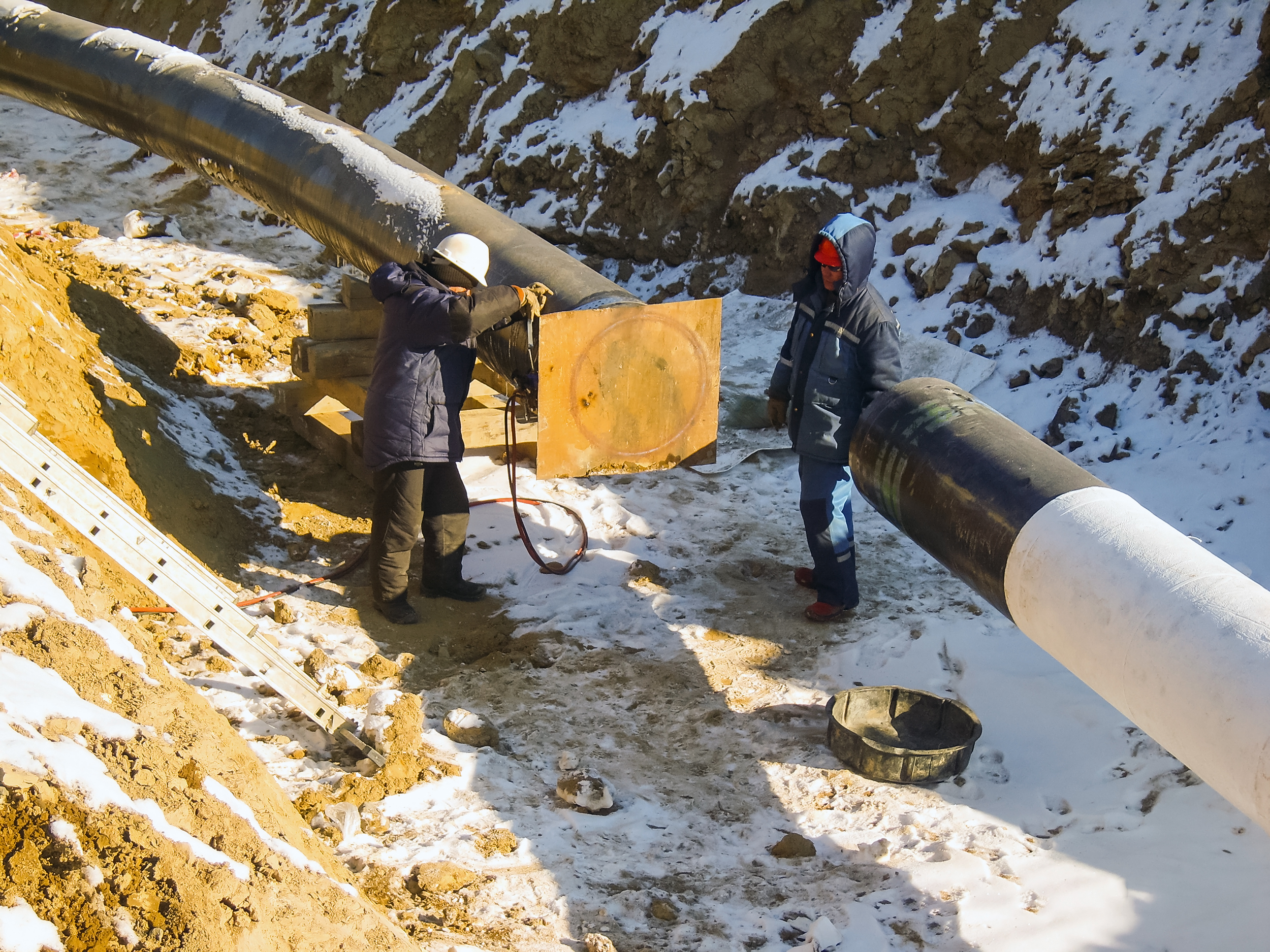
Some offshore welders work on ocean platforms where fast-shifting weather conditions exist. On rigs, welders can experience strong winds that can easily sap their strength and make welding an extremely demanding task.
In the face of variable weather, welders need a variety of PPE options that are well-suited to both their job and the inconstant conditions. For example, wearing an S1N FR Work Shirt is a mismatch for welding on an Alaskan pipeline. Instead, welders in colder climates will opt for warm, heat-resistant welding gear including our SS2BK FR Sweatshirt.
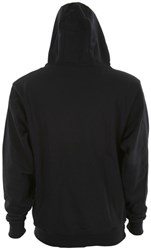
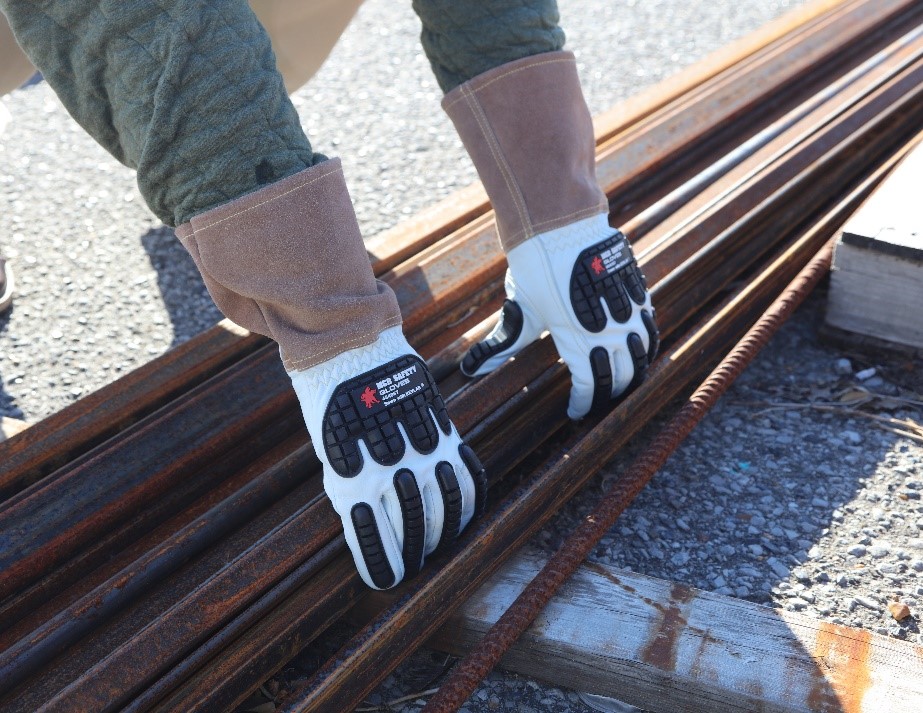
Electric Shock
Arc welding is the most common type of welding and is a daily activity at pipelines. It brings serious risk of electric shock from the arc that extends between the electrode and the base material used to fuse materials together.
Anytime two metal objects touch, with a voltage between the two, there is risk the welder can become the bridge between the materials, thus causing electrical shock, injury, and potentially loss of life.
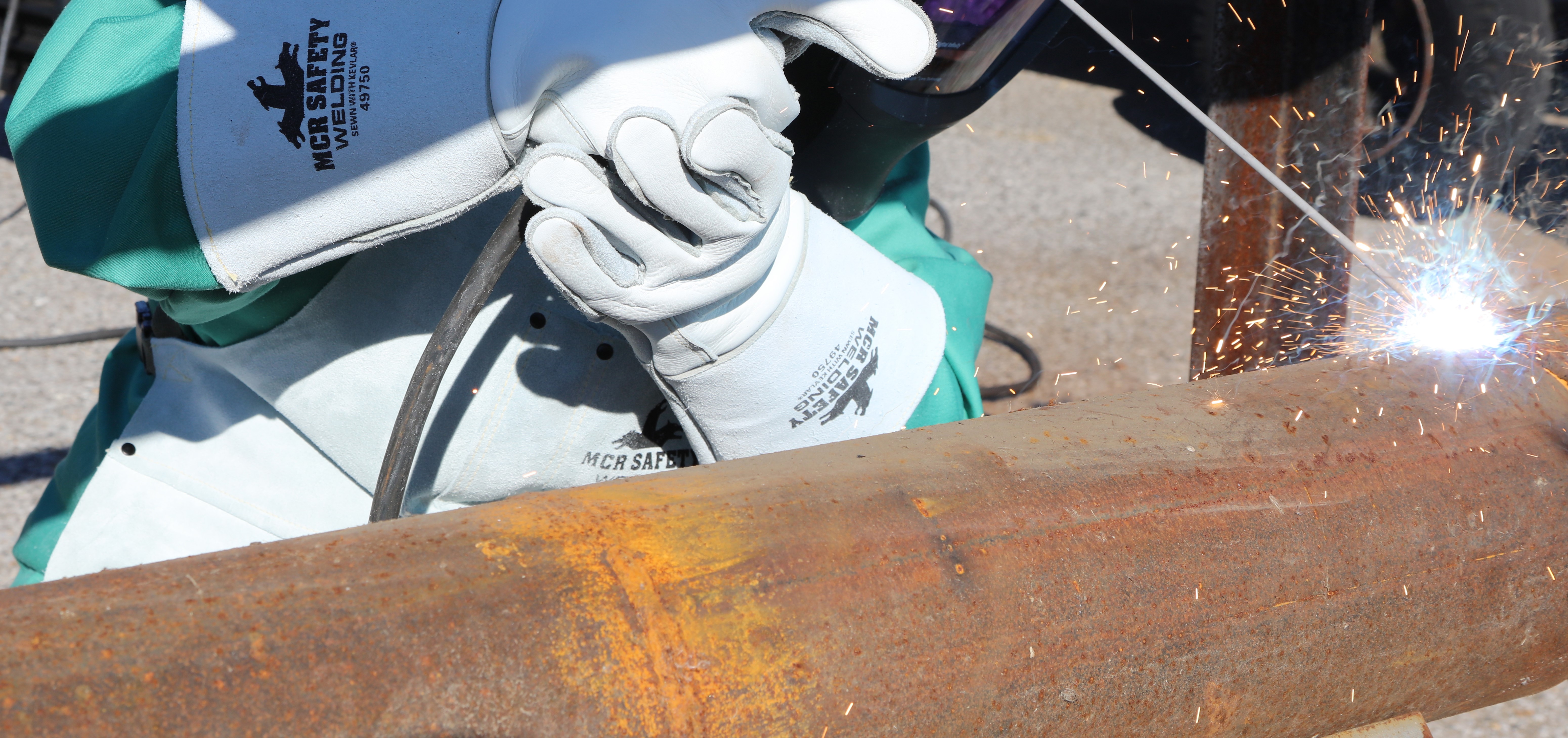
Eye Protection
Welders perform work that creates sparks and open flames. A welder should take extreme precautions and ensure eye protection is worn before looking into these bright lights, as a quarter of all welding injuries involve the eyes.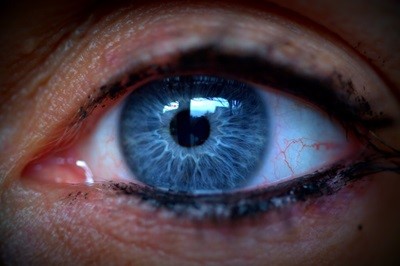
“The eye is the jewel of the body.” - Henry David Thoreau
Be sure to check out our blog highlighting the importance of the eye and how to protect eyes from welding injuries.Welding face shields are also essential when cutting metal, as workers require a clear field of view. The 104PF, with 6X greater Anti-Fog performance, is a popular choice for welders due to its extreme anti-fog protection, which is a must-have feature when exposed to extreme temperatures.
Precarious Work Positions
Whether working on an ocean platform or suspended high in the air, welders must be able to do their work from some very precarious positions. Crush-protection gear is essential PPE for welders. According to the U.S. Bureau of Labor Statistics, 76% of all hand injuries occur due to cuts and crushes, which can happen as easily to a welder as any other worker in the oil and gas industry. MCR Safety now makes welding gloves with both cut and impact protection!
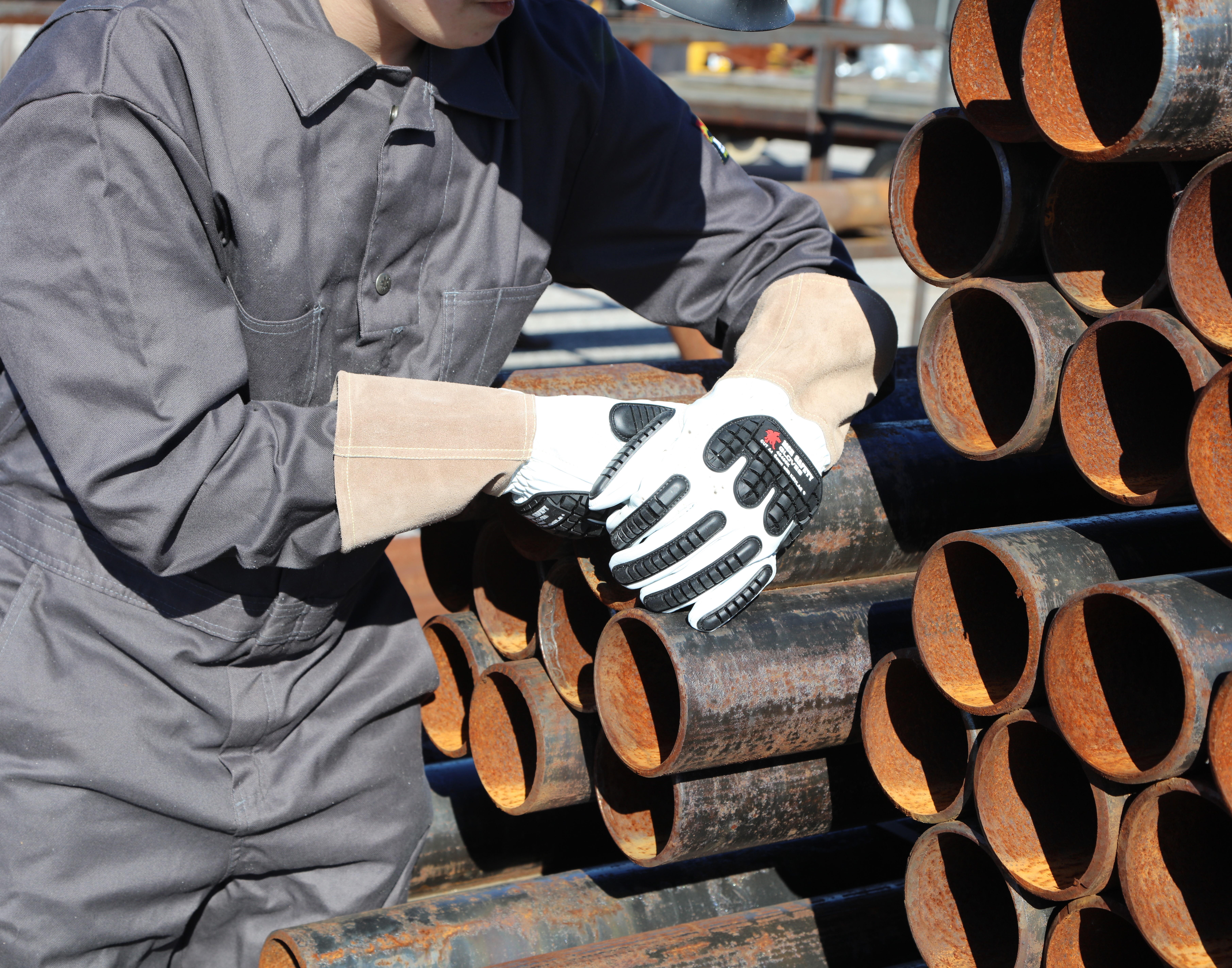
The 48406K welding glove arrives March 2019. It provides welders with Impact Level 1 protection and ANSI A4 cut protection.
Welding gloves are now impact-resistant, cut-resistant and impervious to the conditions!
Sparks, Spills, Splatter, and Molten Metal
For welders, spills and splatters are always a concern. A welding jacket resists hot metal splashes, as does a wide range of other PPE: a welding face mask, a welding apron, and shoe protectors.
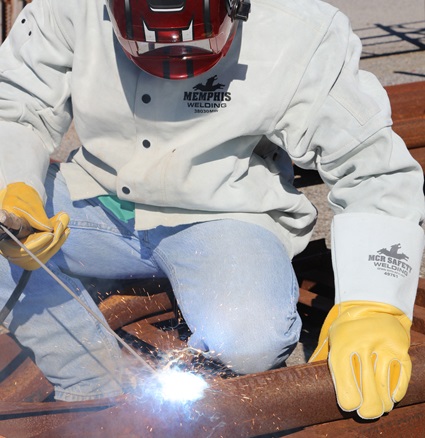
MCR Safety’s 38030MW leather jacket is a staple product for welders.
Also, be sure to check out the brand new 49751 glove, made with a drag patch for additional heat and abrasion protection.
Remember, welding also poses a threat to a welder’s eyes, neck, chest, groin, legs, and feet. Use bib aprons, chaps, and shoe protectors to protect the entire body.
Sharp Objects
While moving parts into position and adjusting welded objects, welders are exposed to extremely sharp surfaces. One wrong move and their hand or arm can easily receive a deep slice.
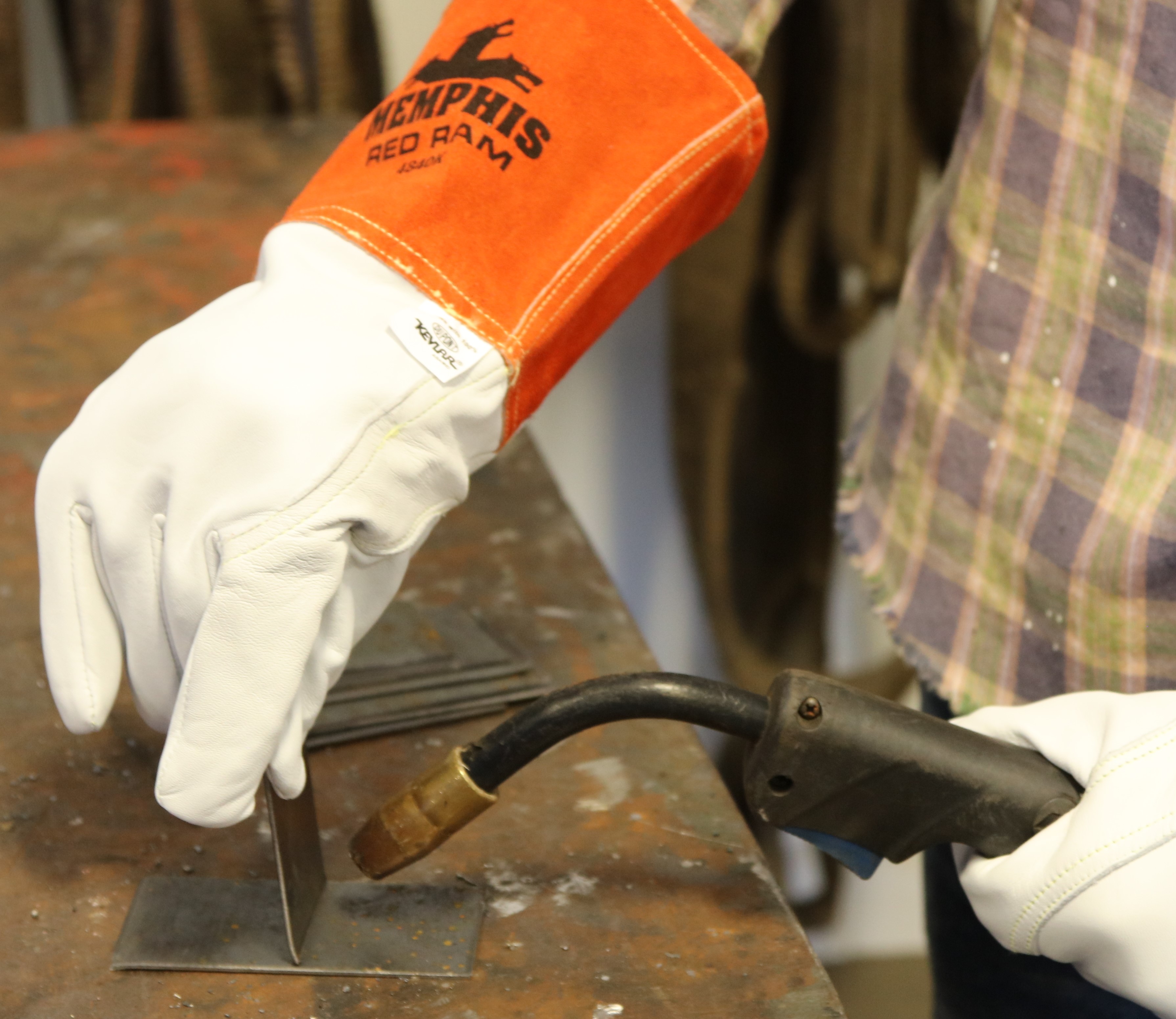
MCR Safety is Dedicated to Welders
For over 40 years, MCR Safety has proven to be a world-leader in gloves, glasses, and garments. Whether it’s on a shop floor, an oil rig, or a construction site, we are there providing solutions to workplace hazards. We Protect People!
Learn more about MCR Safety by checking out our most recent video. For more information, browse our website, request a catalog, find a distributor, or give us a call at 800-955-6887.


